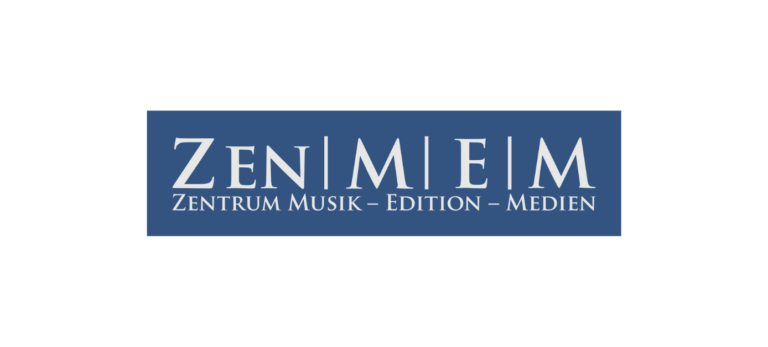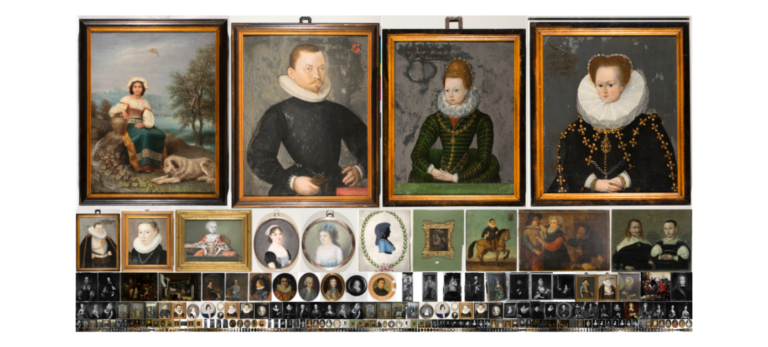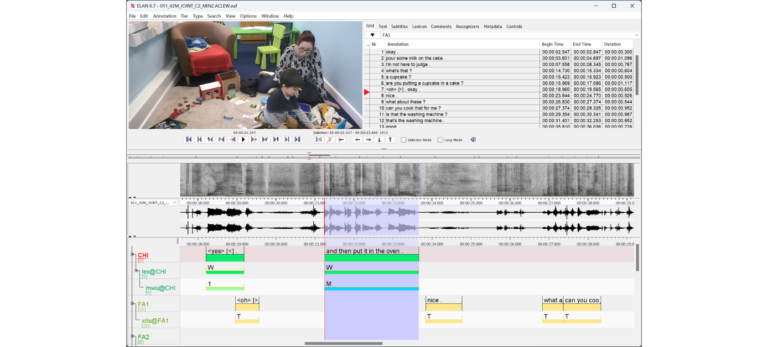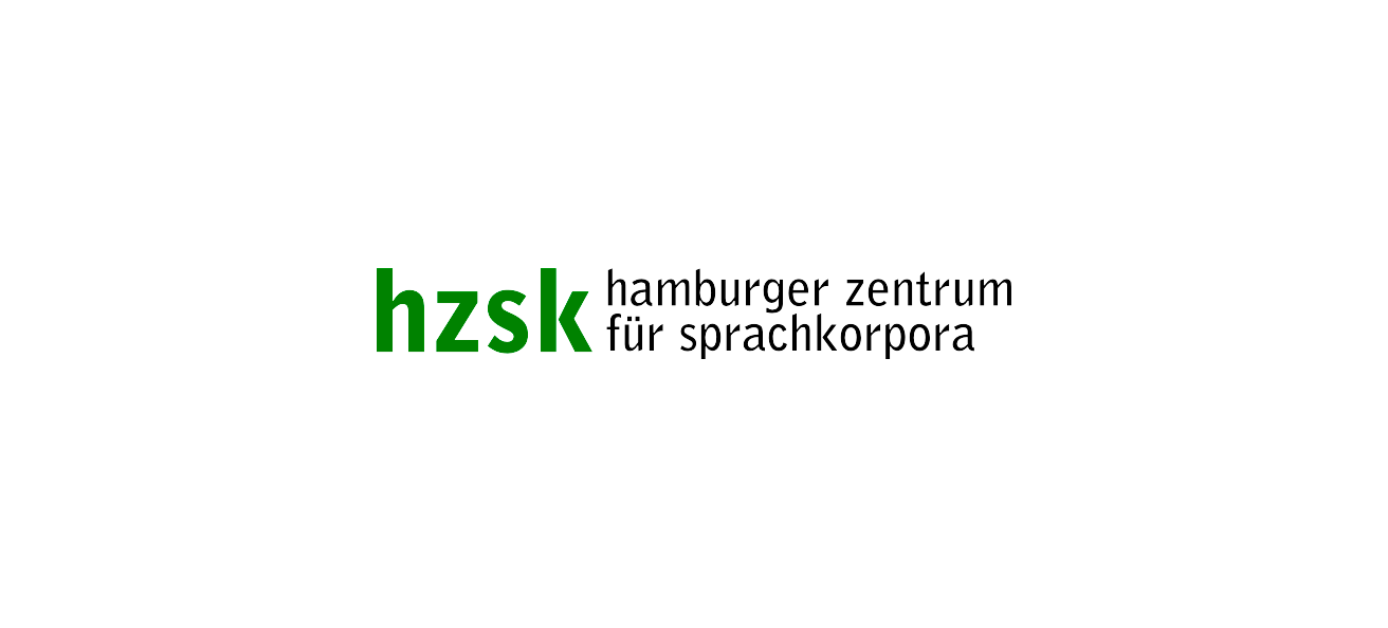
ZenMEM ist ein dezidiert offener Verbund von Wissenschaftler*innen und darum bemüht, gemeinsam neue, digital gestützte Forschungsmöglichkeiten im Bereich der Kulturwissenschaften
Short description of the project
The Arbeitskreis Digitale Kunstgeschichte promotes the networking of people who develop, apply and theoretically reflect on digital tools and methods in the field of art history. We see ourselves as a platform for digital art history and invite all interested parties to participate. The activities of the working group manifest themselves in self-organised working groups, the annual #ArthistoCamp, a series of publications (in collaboration with arthistoricum.net), conferences and other event formats.
Project content
The working group organizes the #ArthistoCamp, the publication series Computing in Art and Architecture and the #arthistocast - the podcast on digital art history (with the support of arthistoricum.net and funding from NFDI4Culture).
Add your DH research project to the project showcase by submitting a short project description via the web form. Enter project data, a brief description, a graphic or visualization as well as a detailed description of the project content with technical assignment, addressees, added value, project managers, funding information and duration.

ZenMEM ist ein dezidiert offener Verbund von Wissenschaftler*innen und darum bemüht, gemeinsam neue, digital gestützte Forschungsmöglichkeiten im Bereich der Kulturwissenschaften

Das DTA ist ein Archiv für deutschsprachige, historische Textsammlungen an der Berlin-Brandenburgischen Akademie der Wissenschaften. Es umfasst annotierte Volltexttranskriptionen von

Das vom Bundesministerium für Bildung und Forschung (BMBF) geförderte und am UCLAB der FH Potsdam angesiedelte Projekt Restaging Fashion (11.2020

Von 1958 bis 1973 lebte und arbeitete der anglo-amerikanische Dichter Wystan Hugh Auden (1907-1973) viele Monate im Jahr im niederösterreichischen

ZenMEM ist ein dezidiert offener Verbund von Wissenschaftler*innen und darum bemüht, gemeinsam neue, digital gestützte Forschungsmöglichkeiten im Bereich der Kulturwissenschaften

ELAN wird am Max-Planck-Institut für Psycholinguistik im Sprach-Archiv (TLA – The Language Archive) entwickelt. Es wird in der Programmiersprache Java

Die Edition „Hamburger Schlüsseldokumente zur deutsch-jüdischen Geschichte“ soll sowohl einem akademischen Publikum als auch der interessierten Öffentlichkeit einen niedrigschwelligen Zugang

Das Hamburger Zentrum für Sprachkorpora berät und unterstützt bei der Erstellung und Nutzung digitaler Sprachkorpora in Forschung und Lehre: Es versteht sich als Kompetenzzentrum, das technische, methodische und organisatorische Expertise für die Arbeit mit Sprachkorpora aufbaut und bündelt.
Wir verwenden Cookies und ähnliche Funktionen zur Verarbeitung von Daten. Die Zustimmung ist freiwillig und kann jederzeit widerrufen werden.